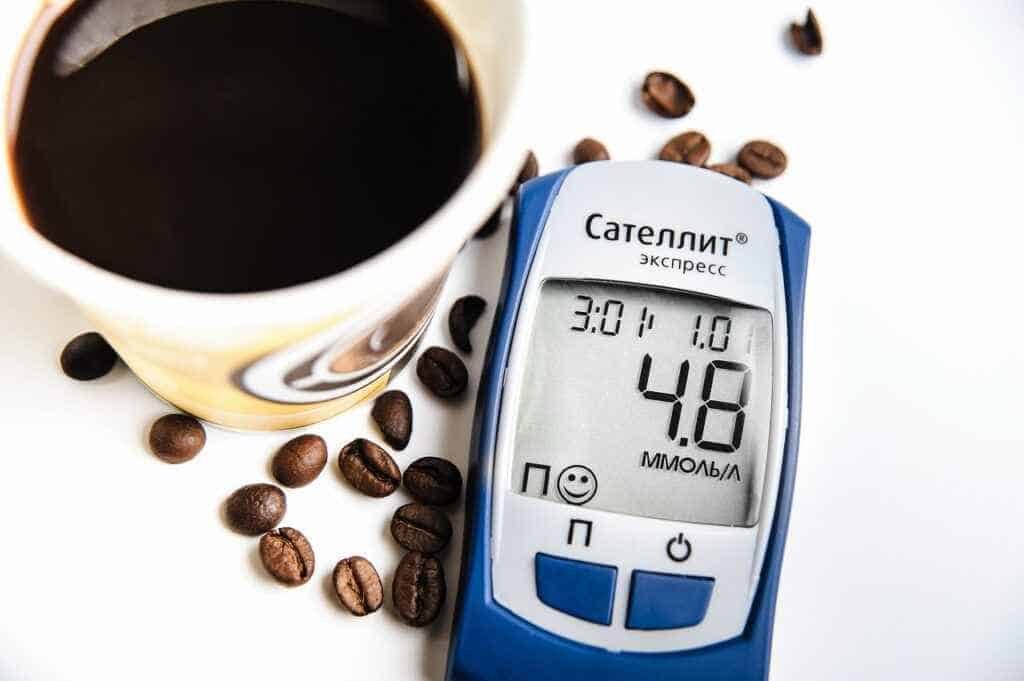What are the symptoms of prediabetes? Prediabetes refers to high blood sugar (glucose) levels that haven’t yet achieved the threshold for a type 2 diabetes diagnosis. Consider pre-diabetes a signal that it’s time to pay attention to your health.
It’s a regular occurrence in which blood sugar levels are greater than usual but not yet high enough to be diagnosed as diabetes. Prediabetes is a condition that precedes type 2 diabetes and raises the chance of acquiring type 2 diabetes, heart disease, or stroke. Impaired glucose tolerance (IGT) or impaired fasting glucose have also been used to describe the syndrome (IFG).
While some people with prediabetes may suffer some of the symptoms of diabetes, prediabetes does not create particular signs or symptoms in the majority of people. As a result, many people are oblivious to the fact that they have prediabetes.
Early symptoms
Blood sugar levels will continue to rise if you do not control prediabetes, and diabetes signs and symptoms may develop. Thirst and excessive urination are the most typical symptoms and early indicators. People may have unexplained weight loss on occasion.

You’re also more likely to develop prediabetes if you’re over 45, have a waist circumference of more than 40 inches for a man and 35 inches for a woman, or eat a lot of red and processed meat, drink sugary beverages, and don’t eat much fruit, vegetables, nuts, whole grains, or olive oil.
Excessive thirst
If you are getting thirsty too frequently without even doing that much physical work, then it is a symptom of prediabetes.
Excessive peeing
If you are getting thirsty too often, there are high chances that you will be peeing more often. A clear symptom of prediabetes.
Impaired vision
This condition is also because of prediabetes. You will see that your vision has started to deteriorate. This is not at all a good sign as eyes are an extremely important part of your body.
Potential causes
Precisely what causes prediabetes is unknown. However, it appears that family history and genetics play a significant impact. A lack of regular physical activity, as well as being overweight with excess fat around the belly, appear to be significant contributors.
What is evident is that patients with prediabetes can no longer adequately process sugar (glucose). As a result, instead of providing energy to the cells that make up muscles and other tissues, sugar builds up in the blood.
The food you eat provides the majority of the glucose in your body. Sugar enters your bloodstream as food is metabolized. Insulin is required to transport sugar from your bloodstream to your body’s cells. Insulin is produced by the pancreas, a gland located behind the stomach. When you eat, your pancreas releases insulin into your bloodstream.
Insulin flows in your bloodstream, allowing sugar to enter your cells and lowering blood sugar levels. The pancreas decreases the production of insulin into the blood when your blood sugar level drops. This mechanism is not efficient when you have prediabetes. Your pancreas may not produce enough insulin, or your cells may become insulin resistant, allowing less sugar to enter.





